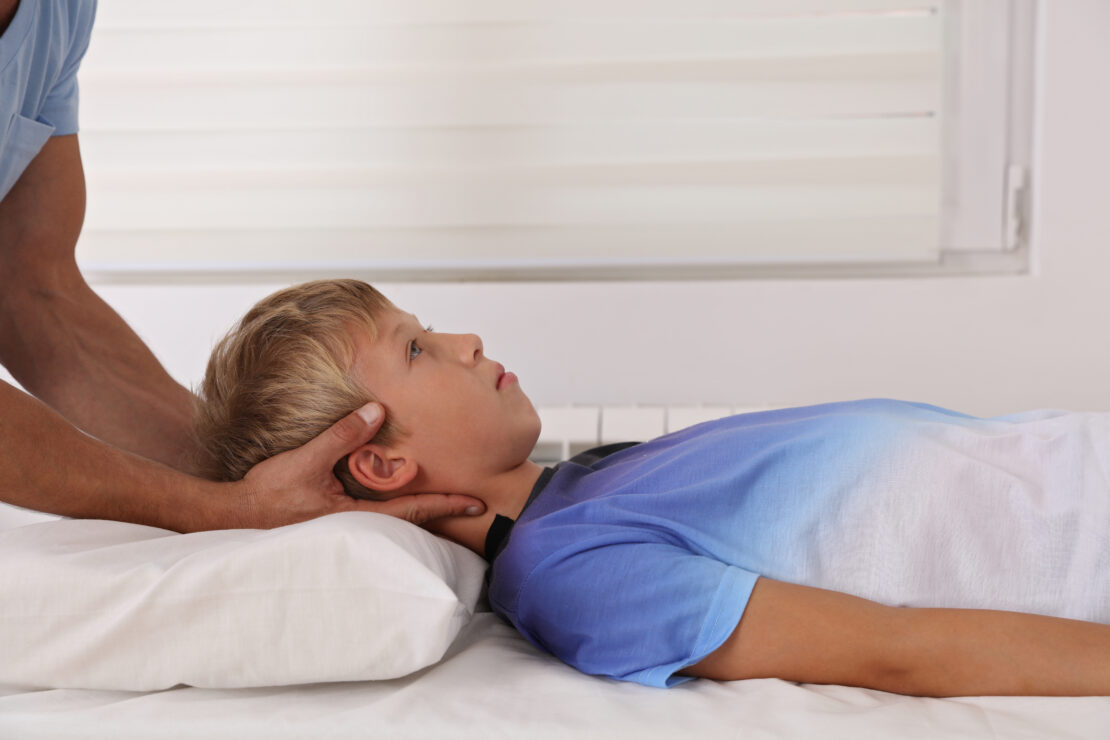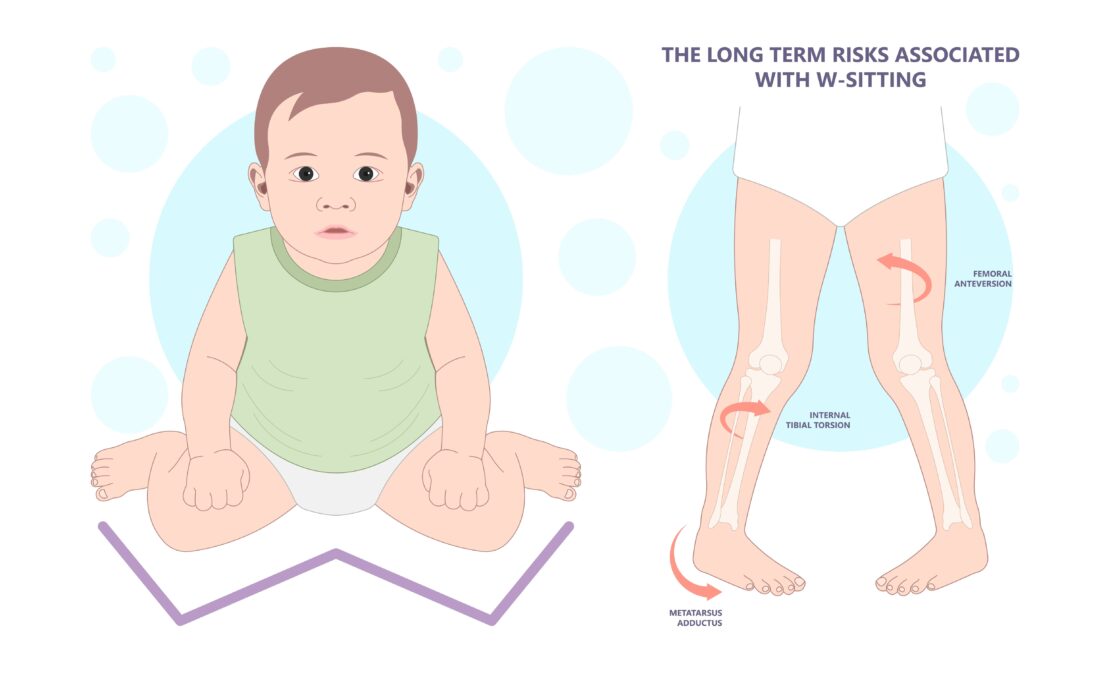
- How Chiropractic Care for Children Works
- Treatable Conditions
- Signs & Symptoms to Watch Out For
- What to Expect During Your Child’s First Consultation
- Schedule Pediatric Chiropractic Care
Gentle, safe, and effective chiropractic care offers many benefits for children as young as one year old.
Although children are surprisingly resilient, misaligned vertebrae and bones caused by slips and falls can result in unexpected symptoms, like earaches, poor sleep, and asthma. Children also often fail to realize when their bodies are malfunctioning and can have a challenging time communicating the specific pain they’re feeling.
Pediatric chiropractic care can help your child experience less dysfunction and pain, improve their mood, and enhance their cognitive functions. Keep reading to learn how.
How Chiropractic Care for Children Works
Pediatric chiropractors use non-invasive, gentle, precise vertebral and skeletal adjustments to improve the total symmetry of the body.
Adult chiropractic adjustments typically involve specially designed precision instruments.
However, for children, especially infants and toddlers, chiropractors will use their hands to apply controlled, light pressure to a spinal point. Adjustments are also fairly quick, often only taking minutes. The number of sessions required varies based on the child’s condition and their response to treatment.
Treatable Conditions
The spinal cord protects the nerve bundles that control the body’s function. Chronic or severe vertebral malalignment puts pressure on the nerves in the spinal cord, which can lead to numerous health anomalies.
Pediatric chiropractic care fixes spinal subluxations (misalignments) to relieve nerve pressure, which is associated with various health conditions, including:
- Immune system dysfunction
- Physical or emotional stress
- Growing pains
- Sleep issues or insomnia
- General pain
- Allergies
- Asthma
- ADHD
- Colic
- Ear infections
- Mood swings
- Issues associated with “W”-sitting
- Torticollis
Signs & Symptoms to Watch Out For
Kids are constantly exploring, playing, roughhousing, and getting bumped and bruised. It’s fun! However, it can also cause skeletal and/or spinal misalignment. Also, children, especially very young ones, are not adept at recognizing discomfort in the body as a sign of a larger problem developing.
So, of course, as a parent, you want to keep an eye on your children for these signs and symptoms:
- Slumped, crooked, or otherwise improper posture
- Poor range of motion
- Frequent complaints of pain
- Stiff movement
Be aware that these symptoms often worsen progressively, sometimes for months or years. That can make it difficult to recognize symptoms and seek proper treatment when needed. And, sadly, because they don’t know any better, some children accept this discomfort as the natural way of being.
Spinal misalignment is also common in infants, and it’s even caused in some newborns as they travel through the birth canal. Spinal subluxations in babies can contribute to problems like acid reflux and colic.
What to Expect During Your Child’s First Consultation
During your first one-on-one consultation, your chiropractor will evaluate and record your child’s health history.
Next, based on the health history, they will recommend a treatment plan for your child, including chiropractic adjustments and other supplemental care, like physical therapy or dietary changes.
Once you have reached a mutual agreement about treatment, your doctor will physically examine your child. Depending on the reason for the visit, your chiropractor may recommend X-rays, spirometry, stress tests, a spinal analysis, or other diagnostic tests.
Many chiropractors work with pediatricians to ensure children receive the best medical care/treatment plan possible. So, never hesitate to express your desire for both parties to collaborate.
Once the consultation and examination are complete and a definitive course of treatment has been agreed upon, your child will be ready for their first adjustment. One adjustment often won’t be enough, so recurring treatments will be performed on a predetermined schedule.
Schedule Pediatric Chiropractic Care at Total Health Systems
If you’ve noticed unusual symptoms in your child and/or their current medical treatments aren’t helping with pain management, get the help you need from Total Health Systems, a multidisciplinary wellness center serving parents and children throughout Michigan.
Remember that, in most cases, the signs and symptoms of malalignment only worsen with time if not addressed. So, if your child is experiencing discomfort, please schedule an appointment today at any of our six locations in Center Line, Chesterfield, Clinton Township, New Baltimore, St. Clair Shores, and Washington. We’re always here to help.


